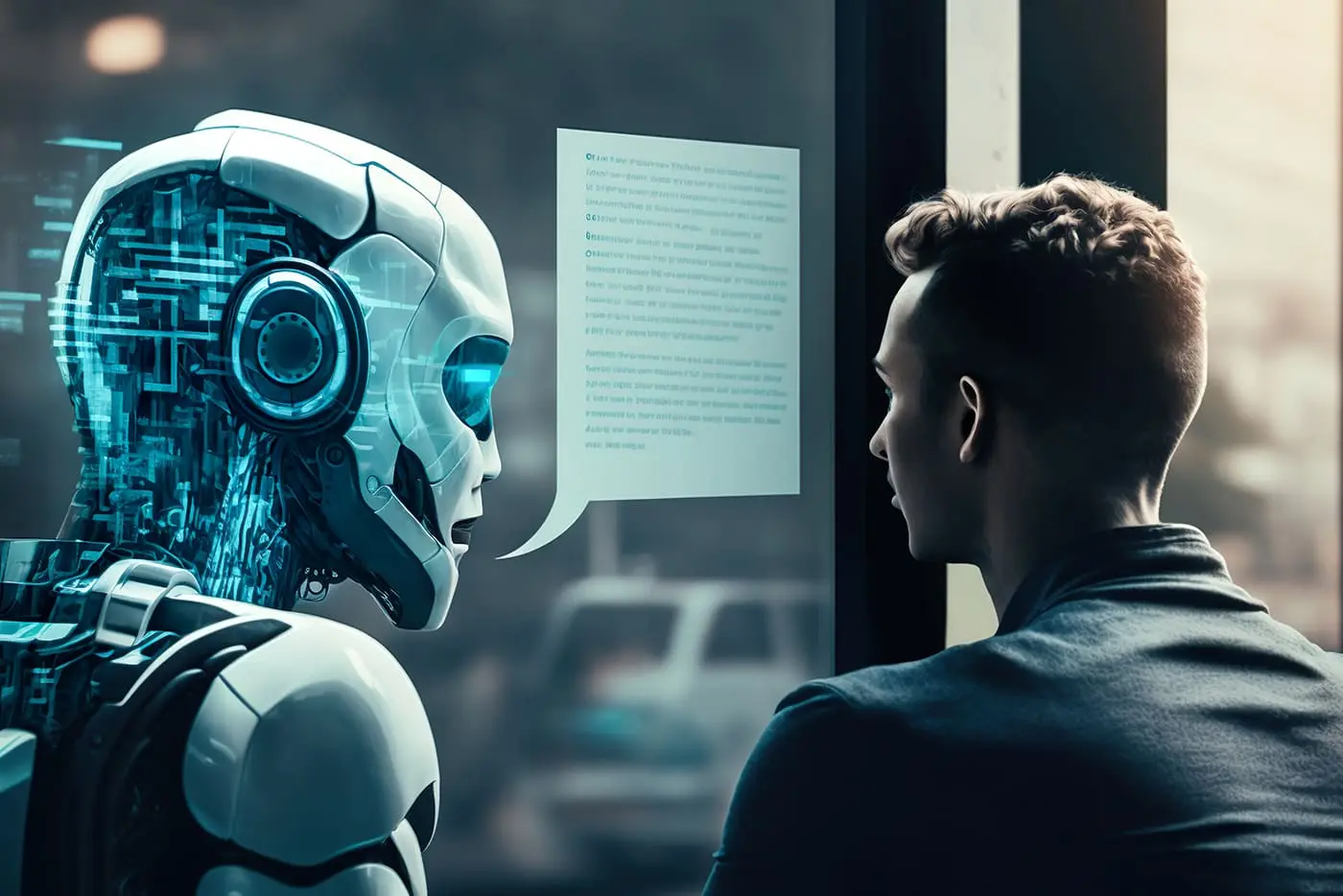In the world of visual storytelling and marketing, captivating your audience’s attention and delivering your message effectively are the keys to success. In recent years, 3D graphics have emerged as a powerful tool that can take your storytelling and marketing efforts to the next level. From stunning visual effects in movies to immersive virtual reality experiences, 3D graphics have a profound impact on how stories are told and products are marketed. In this blog post, we will explore the growing influence of 3D graphics in visual storytelling and marketing and why it has become an indispensable element of modern communication.
The Evolution of 3D Graphics
Before delving into the impact of 3D graphics, it’s essential to understand how this technology has evolved over the years.
- Early Days: 3D graphics first made their appearance in the entertainment industry in the 1970s and 1980s, primarily in video games and computer-generated imagery (CGI) for movies. These early efforts laid the foundation for what would become a groundbreaking technology.
- Advancements in Hardware: The development of more powerful computer hardware and graphics processing units (GPUs) in the 1990s and early 2000s enabled more sophisticated and realistic 3D graphics.
- Mainstream Adoption: 3D graphics became mainstream with the release of blockbuster movies like “Toy Story” in 1995, which was the first feature-length film created entirely using 3D animation. This marked a turning point in the film industry.
- Diverse Applications: Today, 3D graphics are used across various industries, including gaming, film, architecture, engineering, medicine, education, and, of course, marketing and visual storytelling.
Impact of 3D Graphics in Visual Storytelling
- Immersive Storytelling: One of the most significant impacts of 3D graphics in visual storytelling is the ability to create immersive and visually stunning narratives. 3D graphics can transport audiences to other worlds, whether it’s the fantastical landscapes of a science fiction film or the historical settings of a documentary. This immersion enhances the emotional connection viewers have with the story.
- Realism and Detail: 3D graphics allow storytellers to depict scenes and characters with a level of realism and detail that was previously unattainable. Whether it’s rendering lifelike facial expressions in animated characters or recreating historical events with precision, 3D graphics breathe life into storytelling.
- Versatility: 3D graphics offer versatility in storytelling. They can be used to convey complex concepts, visualize data, or illustrate abstract ideas. This flexibility makes them a valuable tool not only in entertainment but also in educational and informational content.
- Creative Freedom: Filmmakers and content creators are no longer constrained by the limitations of the physical world. With 3D graphics, they have the creative freedom to explore new horizons, experiment with unique visual styles, and push the boundaries of storytelling.
Impact of 3D Graphics in Marketing
- Product Visualization: For marketing, 3D graphics have revolutionized product visualization. Instead of traditional product photography, businesses can now create photorealistic 3D models that showcase their products from every angle. This allows customers to get a better sense of the product, leading to more informed purchasing decisions.
- Interactive Experiences: Interactive marketing experiences are gaining traction, and 3D graphics play a pivotal role in making them engaging and memorable. Augmented reality (AR) and virtual reality (VR) applications leverage 3D graphics to create immersive brand experiences that resonate with consumers.
- Brand Identity: 3D graphics can help businesses establish a unique brand identity. Customized 3D logos and animations can leave a lasting impression on consumers and make a brand more recognizable in a crowded marketplace.
- Storytelling through Animation: Animated marketing videos are a popular way to tell a brand’s story, explain products or services, and engage the audience. 3D graphics take these animations to the next level, allowing for more dynamic and visually appealing storytelling.
Examples of Successful 3D Graphics in Storytelling and Marketing
- Pixar Films: Pixar Animation Studios has set the gold standard for 3D animation in storytelling with movies like “Finding Nemo,” “Toy Story,” and “Inside Out.” These films not only entertain but also convey complex emotions and themes through stunning 3D visuals.
- Apple Product Launches: Apple’s product launches are known for their use of 3D graphics to showcase new devices. The ability to rotate and examine products from all angles on the screen has become a hallmark of Apple’s marketing strategy.
- Video Games: The gaming industry relies heavily on 3D graphics for creating immersive and interactive storytelling experiences. Games like “The Legend of Zelda: Breath of the Wild” and “Red Dead Redemption 2” demonstrate the power of 3D graphics in gaming narratives.
- Architectural Visualization: In the field of architecture, 3D graphics are used to create detailed renderings of buildings and interiors before they are constructed. This not only aids in design but also helps clients visualize the final product.
Best Practices for Leveraging 3D Graphics
To make the most of 3D graphics in visual storytelling and marketing, consider these best practices:
- Understand Your Audience: Tailor your 3D graphics to resonate with your target audience. Consider their preferences and what type of visuals will engage them effectively.
- Quality Matters: Invest in high-quality 3D models and animations. Poorly executed 3D graphics can detract from your storytelling or marketing message.
- Balance Realism and Style: Decide on the level of realism and artistic style that suits your story or brand. Sometimes, a more stylized approach can be just as effective as photorealism.
- Performance Optimization: When using 3D graphics in web or mobile applications, ensure that they are optimized for performance to provide a smooth user experience.
- Storytelling Integration: In visual storytelling, 3D graphics should complement the narrative and enhance it, rather than feeling disconnected or forced.
- Consistency: Maintain a consistent visual style across all your 3D graphics to reinforce your brand identity.
Conclusion
The impact of 3D graphics in visual storytelling and marketing is undeniable. These technologies have ushered in a new era of creativity and engagement, allowing storytellers and businesses to captivate audiences in ways that were once unimaginable. Whether it’s through immersive narratives in films or interactive marketing experiences, 3D graphics have become an essential tool for conveying ideas, products, and emotions.
As technology continues to advance, the role of 3D graphics in storytelling and marketing will only expand. Embracing this technology and incorporating it into your communication strategies can set your content and brand apart in a crowded digital landscape. The future of storytelling and marketing is undoubtedly three-dimensional, and it promises to be a visually stunning journey.







